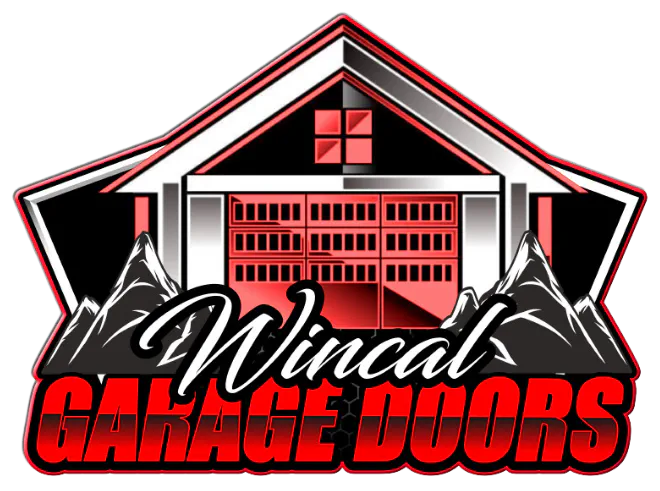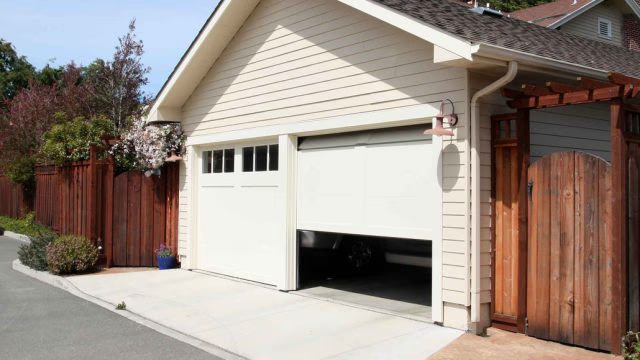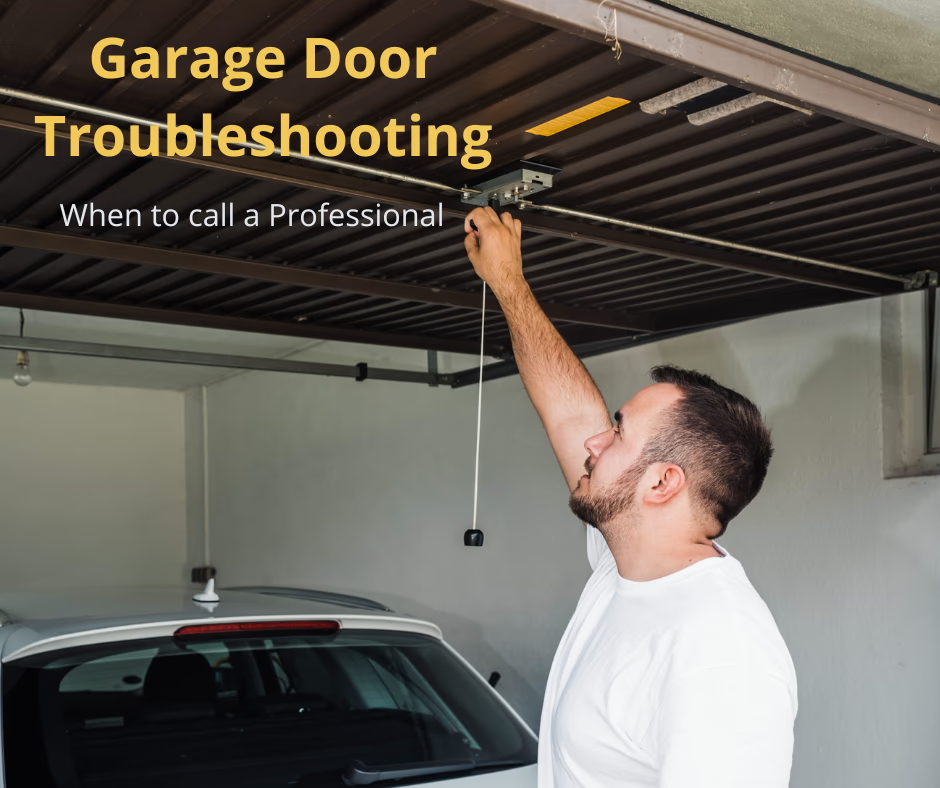Key Installation Considerations
1. Compatibility with Your Garage Door
Before purchasing a garage door opener, ensure it’s compatible with your door type. Sectional, sliding, and swing-out doors require different types of automation. Choosing the wrong one can lead to extra costs or improper installation. For example, sectional doors typically use ceiling-mounted rail openers, while sliding doors require side-mounted rack-and-pinion motors. Selecting the right type from the start will save you time and hassle.2. Electrical Requirements
Garage door openers require electricity to function. Most models are designed to plug into a standard 110-120V household outlet. If your garage doesn’t have an accessible outlet, you’ll need to run wiring from your electrical panel. This can be done using conduit or cable channels to keep wires neatly hidden. Some openers come with a backup battery, allowing operation even during power outages. If power reliability is a concern, consider choosing a model with this feature.3. Tools and Skills Needed
To install a garage door opener, you’ll need the following tools:- Drill – for securing brackets to the walls and ceiling
- Wrenches – for tightening bolts and adjusting the chain or belt
- Screwdrivers (Phillips and flathead) – for assembling various components
- Level – to ensure the rail is properly aligned
- Measuring tape – to position everything correctly
Installation Steps
- Mount the guide rail – Attach a metal rail to the ceiling, which the opener’s motorized mechanism will move along.
- Install the motor unit – Secure the opener to the ceiling or wall, depending on the model.
- Attach the connecting arm – Link the opener to the garage door using brackets and rods that transfer movement.
- Connect the power supply – Wire the unit to the electrical system and, if applicable, a backup battery.
- Program and test – Set up the remote controls and test the system to ensure smooth operation.
Common Challenges in DIY Installation
Installing a garage door opener yourself can come with several challenges, especially if you have limited experience with mechanical or electrical systems. One of the biggest factors to consider is whether your garage door itself was installed correctly. If the door isn’t properly aligned, balanced, or was set up incorrectly during the initial garage door installation in Calgary, the opener may struggle to function properly, leading to excessive wear or even failure.1. Door Weight and Size
Garage doors, especially metal ones, can weigh over 200 pounds. Before installing an opener, check whether your door is well-balanced and can be lifted manually with ease. If it’s too heavy or difficult to lift, the springs may need adjustment or replacement – something best handled by a professional.2. Technical Setup
Modern garage door openers require programming, including:- Setting open and close limits – The opener needs to learn where the door’s fully open and closed positions are.
- Adjusting motor strength – Too much force can damage the door; too little and it won’t open properly.
- Syncing with remote controls – Each remote must be programmed to work with the opener.
3. Safety Sensor Alignment
Garage door openers include safety sensors that stop the door if an obstacle is detected. These sensors must be installed at the correct height and aligned precisely. If they aren’t positioned properly, the door won’t close.When to Call a Professional?
While installing a garage door opener yourself is possible, there are cases where hiring a professional is the better choice:- You have little or no experience with electrical and mechanical systems.
- Your garage door is unusually large or heavy.
- You need to install new wiring or outlets.
- You want to save time and avoid potential installation mistakes.
Final Thoughts
Installing a garage door opener is doable if you have the right tools, skills, and patience. However, the complexity depends on your garage door type, the opener model, and your level of experience. If you’re unsure about any of the steps, calling a professional can help avoid mistakes and ensure your system operates safely and efficiently. Regardless of whether you install it yourself or hire an expert, an automatic garage door opener is a worthwhile investment in both convenience and security for your home.You’ll typically need a power drill, wrenches, screwdrivers, a tape measure, a level, and a ladder. Consult the manufacturer’s instructions for any additional tools specific to your opener model.
For someone with basic DIY experience, installation can take approximately 4 to 6 hours. This timeframe can vary depending on the complexity of the opener and familiarity with the process.
Yes, always disconnect the power to the garage before starting. Ensure the garage door is in good working condition, and follow all safety guidelines provided in the installation manual.
Most standard garage doors are compatible with openers, but it’s essential to verify that your door’s weight and type are suitable for the specific opener model.
If you’re uncomfortable with electrical work, lack the necessary tools, or if your garage door is unusually heavy or complex, it’s advisable to hire a professional installer.
For residents in Calgary seeking professional assistance, WinCal Garage Doors offers comprehensive garage door repair and installation services. They provide timely and professional services, ensuring your garage door system operates smoothly and safely.
Remember, proper installation is crucial for the safe and efficient operation of your garage door opener. When in doubt, consulting a professional can save time and prevent potential issues.




